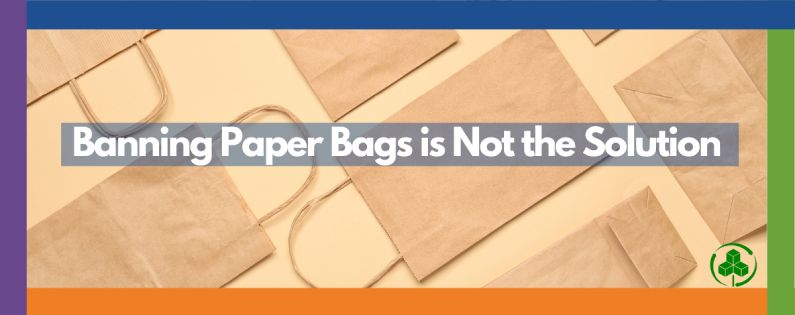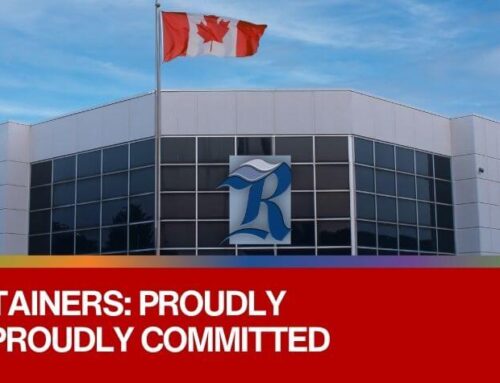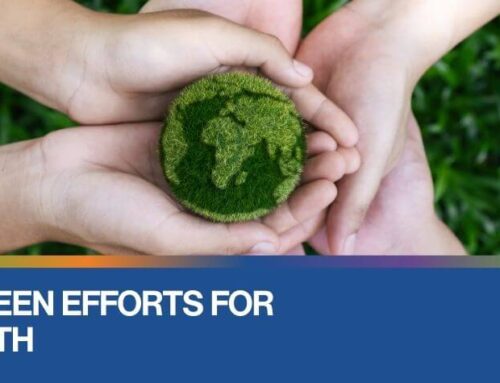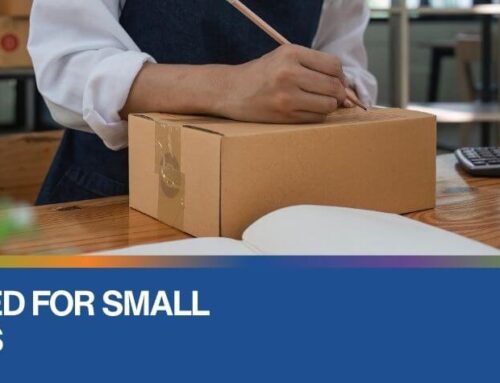Banning Paper Bags is Not the Solution
Article By: Rachel Kagan
In recent months, the Paper and Paperboard Packaging Environmental Council (PPEC) has been seeing a concerning trend of some governments choosing to ban paper bags. In Canada, the Yukon banned single-use paper bags of all sizes supplied by retailers to customers, and in the U.S., New Jersey banned paper carryout bags. Both jurisdictions essentially say they have done this because paper bags are “single-use items,” that “require resources and energy to produce, contributing to pollution,” and recommend the use of reusable bags.
And it’s not just some governments that are looking to ban paper bags. The LCBO recently announced it would be phasing out single-use paper bags from its stores. While we appreciate that businesses have the authority to make their own business decisions – and we recognize that LCBO is not the first to want to go bag-less, Costco doesn’t offer any bags at checkout – PPEC is concerned with the unintended consequences banning recyclable paper bags may create.

PPEC takes no issue with the concept of reuse, but while some government jurisdictions have banned paper bags because they say they require resources and energy to produce, it should be noted that reusable bags also require resources and energy to produce. But unlike paper bags, reusable bags – which can be made from plastic, cloth, cotton, nylon, or polyester – are typically not recyclable.
We know the function of a reusable bag is to be reused, but depending on how they are used and if they are cleaned, they could create more waste, defeating the purpose of such initiatives intended to reduce waste.
Reuse requires consumers to be mindful and responsible, remembering to bring their reusable bags when they go shopping, but sometimes they forget and have to buy new bags at the store. Eventually, they may realize that they have too many bags and may decide to throw some out. Consumers also have to remember to wash their reusable bags to keep them clean; if not washed, it could create sanitary issues – especially for reusable bags used for food items – resulting in being disposed.

Meanwhile, paper bags are made from a renewable material and are highly recyclable. Most Canadian residential recycling programs accept paper bags in their Blue Boxes, and once collected and sent to a Material Recycling Facility, the paper fibres can be recovered and used to be remade into new paper packaging products.
The LCBO’s press release says their initiative “will remove roughly 135 million paper bags annually from its stores, diverting some 2,665 tonnes of waste from landfills.” PPEC wants to know why these recyclable paper bags are being landfilled in the first place if paper bags are accepted in residential recycling programs in Canada, and end markets exist for them?
On average, paper packaging fibres can be recovered and reused 5-7 times. The Canadian paper packaging industry has made using recycled content an inherent part of their business model for decades. They need clean used paper packaging because they use it as their feedstock, and in many cases, PPEC members have their own recycling divisions to make sure they have a good supply of recycled paper fibres coming in.

The LCBO’s press release also states that their initiative will save “the equivalent of more than 188,000 trees every year.”
While most paper packaging made in Canada is produced with recycled content, the paper fibres it was originally made from came from a tree. However, the Canadian paper packaging industry doesn’t use much in the way of freshly cut trees, and the little that is harvested must be successfully regenerated by Canadian law.
According to the latest data from Natural Resources Canada’s State of Canada’s Forests Annual Report, in 2020, the total forest harvest (for lumber and all paper grades, including packaging) represented 0.2% of Canada’s forest land, while 600 million seedlings were re-planted in Canada’s forests.

The term “single-use” has been coming up more often lately, mostly in the context of governments banning single-use plastic products, which is happening here in Canada and Europe.
In general, single-use plastic products are understood to be those items that are used once, or for a short period of time, before being thrown away. The focus has been on plastics, given their low recycling rates, and the impact plastic has on the environment, as Environment and Climate Change Canada explains:
“Canadians throw away over 3 million tonnes of plastic
waste every year. Only 9% is recycled while the rest ends up
in our landfills, waste-to-energy facilities or the environment. Plastic
waste and marine litter burdens our economy and threatens
the health of the environment including wildlife, rivers,
lakes and oceans.”
Plastics are mainly made from chemicals that come from the production of non-renewable fuel sources such as gas and oil. It is a complicated material given there are many different types of plastic resins that each have different properties, which impact their recyclability. Generally speaking, the types of plastics that are recovered the most are those that have established end markets in place where used plastic can be sold so that they can be used in place of virgin materials. Which means that only some forms of plastics can be recycled.
The term “single-use” has been connected to national government initiatives that are meant to reduce plastic waste and pollution, but is now being applied to other materials.
In essence, all materials are single-use, but some are more successfully recycled than others.
Paper packaging has an established recycling system, and most importantly, established end markets in place to capture used cardboard, boxboard, and kraft paper, so that those materials can be recovered and recycled to make new paper packaging products.
One material is made from a renewable resource that is highly recyclable, while the other material is made from a non-renewable resource that on the whole is minimally recyclable, should both be referred to as “single-use”? Or maybe that is not even the right terminology to begin with? In PPEC’s opinion, lumping these materials together creates the unintended consequence of sending the wrong message about what is recyclable and what is not.
But vocabulary is not the real issue here. The issue is that there is too much waste in Canada, but there are opportunities to increase recycling with a more harmonized approach, and consumers playing their part to properly clean and sort their recyclables. Waste diversion is a shared responsibility – we all have a role to play to ensure waste is minimized and, wherever possible, diverted from landfill. The issue is not with paper bags, and a ban is not the solution.






Leave A Comment